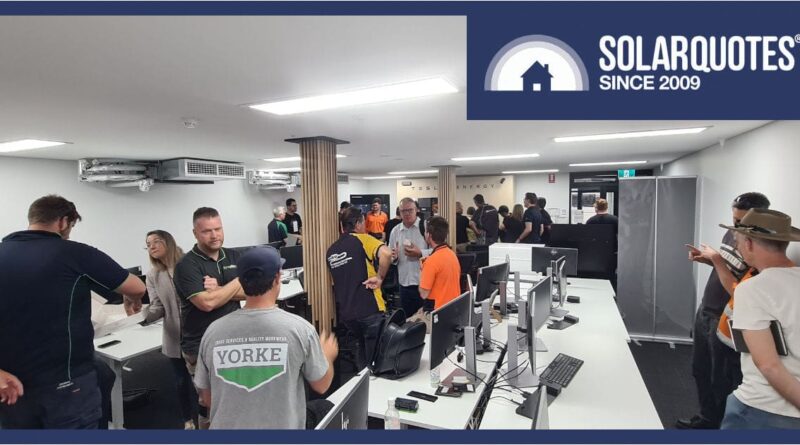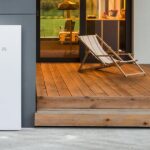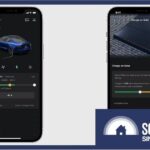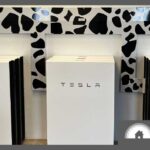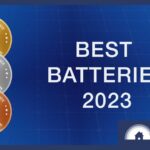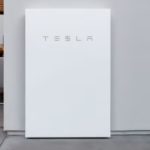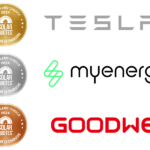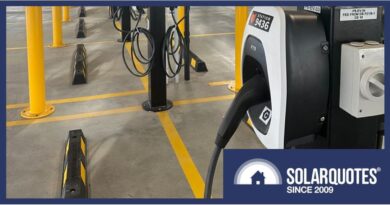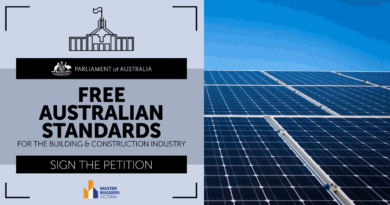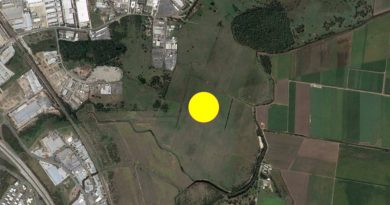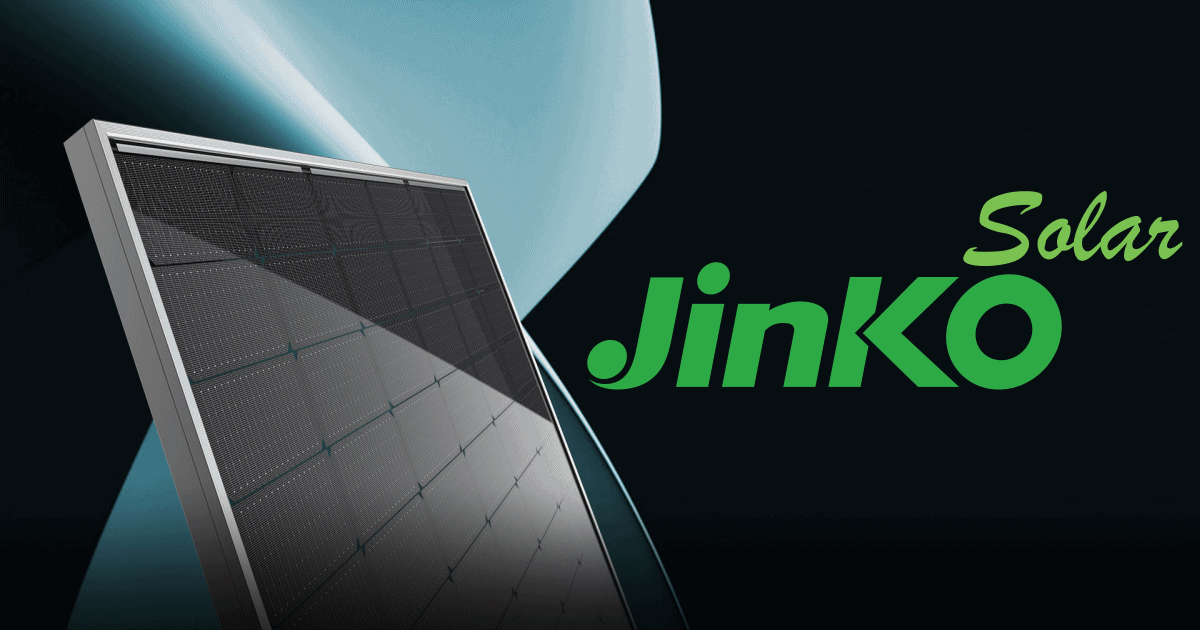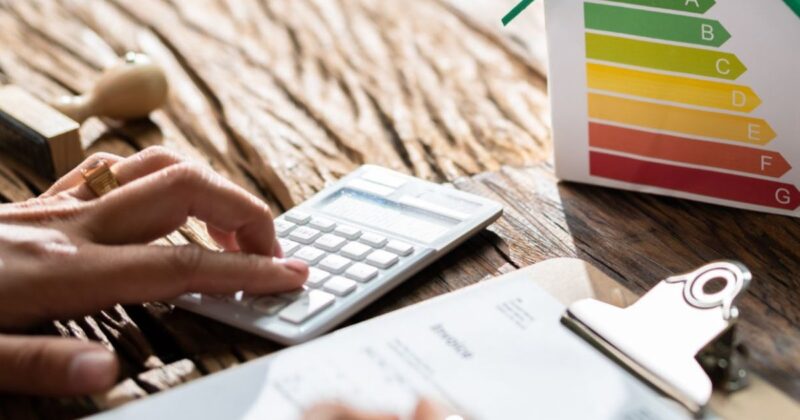17 Key Insights from Tesla’s Powerwall 3 Training
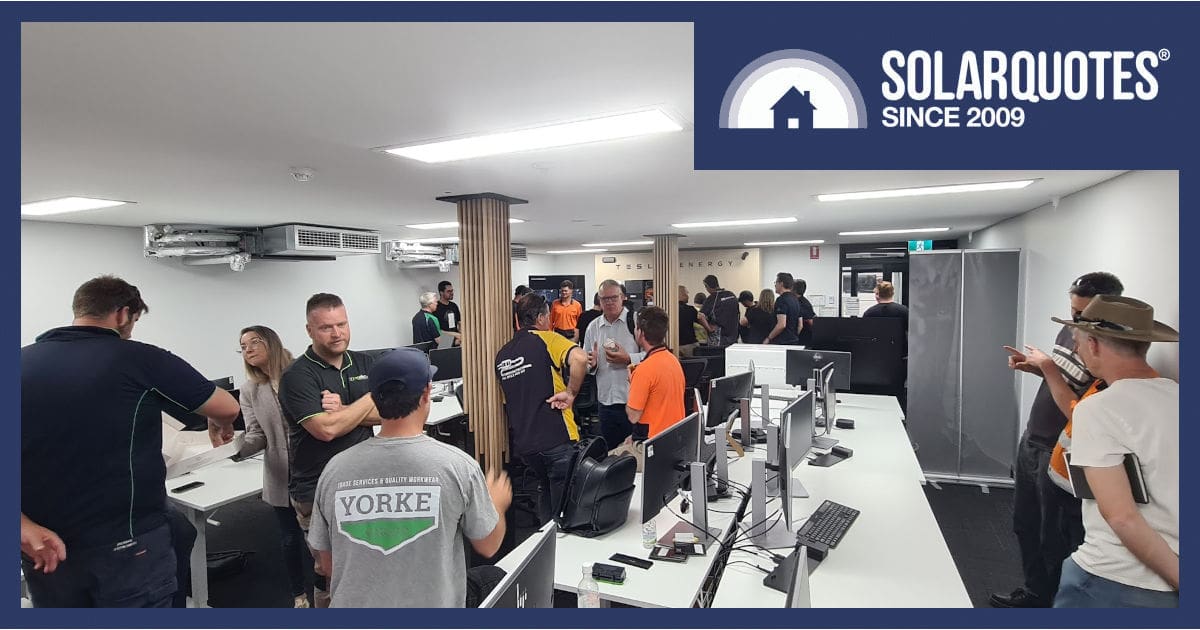
Tesla’s Powerwall 3 is starting to hit the ground in Australia. We’ve had the launch. Selected retailers are humble bragging about their latest Tesla deliveries hitting the ground, and Tesla is running installer training to get everybody ready. I went along on Friday to see what we could glean.
As an SAA-qualified solar electrician, my details can be found, so I get invites, emails, phone calls, spam text messages, and the odd veiled threat from all kinds of places.
The most entertaining are the cheap sales companies looking for subcontract installers or sales lead companies looking to sell me customer details. They’re so busy reading a script that they never cotton on when I quote them my email address. I’ll write some whole articles about it one day, but for today’s anecdote, I have to explain that I get a unique perspective inside the solar industry.
As a fiercely independent 3rd party SolarQuotes sometimes has to fend off brand marketing executives who are looking for payola or cash for comment. The better class of manufacturer, like the ones on our recommended chart, realise that if they make better products, they’ll get a fair writeup. And if there are new models to be had, or some training to be done, then we’re keen to hear about it, because it means we can inform you, the buying customer, what’s coming next.
Same Same But Different
All inverters and batteries are built to perform the same essential functions, but each model comes with its own standout feature or drawback. For some buyers, these can be deal makers or deal breakers. Take the Fronius Gen 24, for example: it offers a unique PV point for backup without a battery, something no other model does. Yet, it lacks seamless battery changeover during power outages. Personally, I don’t see its analogue outage signal as a flaw, but for others, it might be a deciding factor.
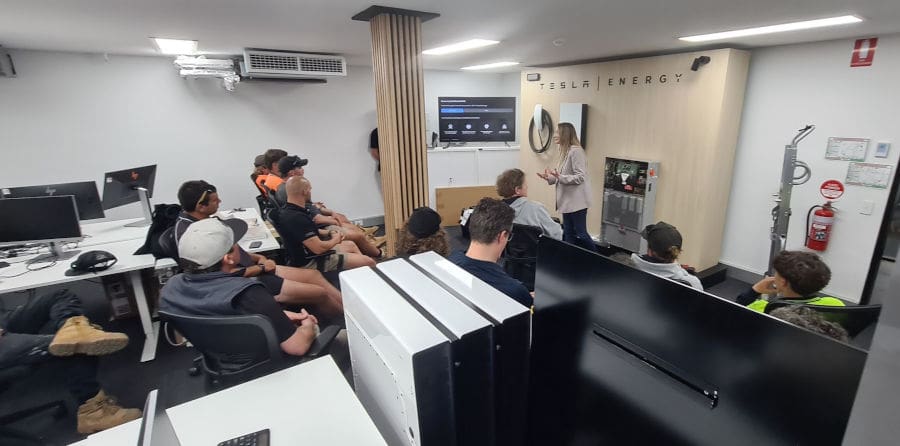
Now pay attention, class… it was a standing room only for half of us.
No Disturbing Surprises
I’m happy to report training didn’t produce any sharp inhalation or low whistles from the two dozen assembled tradesmen. Everything was well received, with only one question unanswered, subject to confirmation.1
Tesla’s Powerwall 3 is arguably not the best device for a 3-phase property, but the company is acutely aware of this and expressed some optimism that one day, it will have a solution for 120º synchronous loads.
Seeing as Tesla introduced a specific North American EV charging standard that ignores the rest of the world and precludes three-phase charging, I expect Powerwall will support three phases as soon as hell freezes over or the Americans admit 110 volts is for peasants.
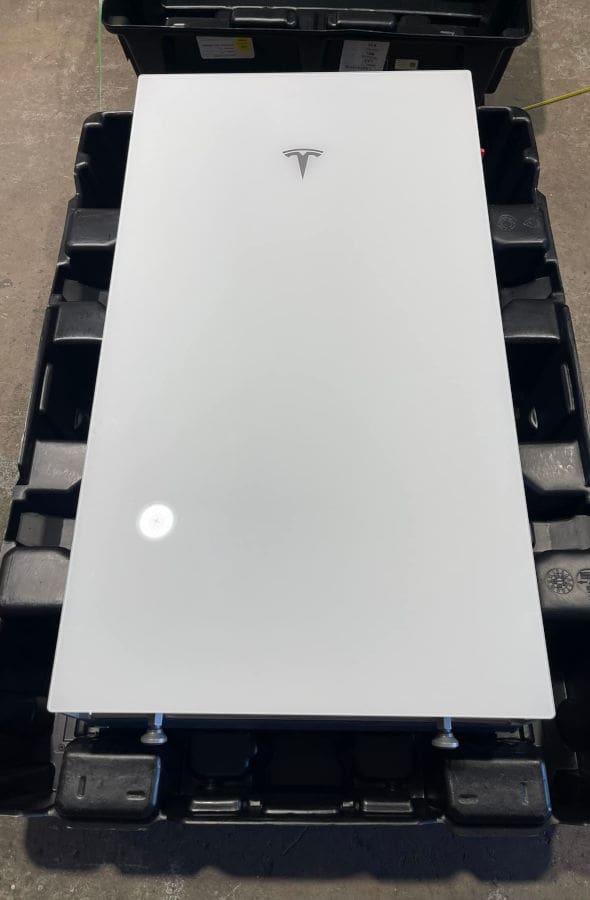
The feet at the bottom must stay in place, even if the unit is wall-mounted, to ensure nothing obstructs the air intake for cooling the PW3. image credit Skyline Solar
Here are some notes customers might be interested in:
PW3 comes in 5, 10 and 11.04kW nominal AC capacity
- The inverter capacity is “set in stone” during commissioning
- Only Tesla can reset it, and they’ll want written proof of DNSP permission.
PW3 has embedded heating elements in the battery.
- In snowy conditions the battery can be preheated at dawn, ready for charging, just like EV batteries.
PW3 has a slick glass front panel, and we all know how that’s going to go sometimes…
- Replacement panels are around $150.
PW3 comes packed inside a reusable clamshell pallet.
- The packaging has a refundable deposit.
- They can stack 9 high in the warehouse.
Last time I saw a good attempt made at a circular economy in solar was with another US company. Evergreen “string ribbon” panels came on a decent timber pallet with building grade 10mm plywood top, both of which made good shelving and dog kennels. The unique part was each panel had a sturdy plastic corner to make them stack nicely, and these corners could be thrown in the flatpack prepaid cardboard box and freighted back to the factory… if you were in the US.
Silex Solar offered a deposit on pallets they sent out of Sydney, too, but sadly, they didn’t last long either.
For installers, there are a few more points:
Parallel arrays need to be connected upstream.
- There’s no way to connect parallel cables inside the inverter.
- The DC isolator assembly is supplied with specific terminals
- Tesla is yet to clarify if these accept 4mm² or 6mm² cable
I wouldn’t like to see installers using branch connectors on the roof, but using “WAGO” connectors inside the inverter might be possible.
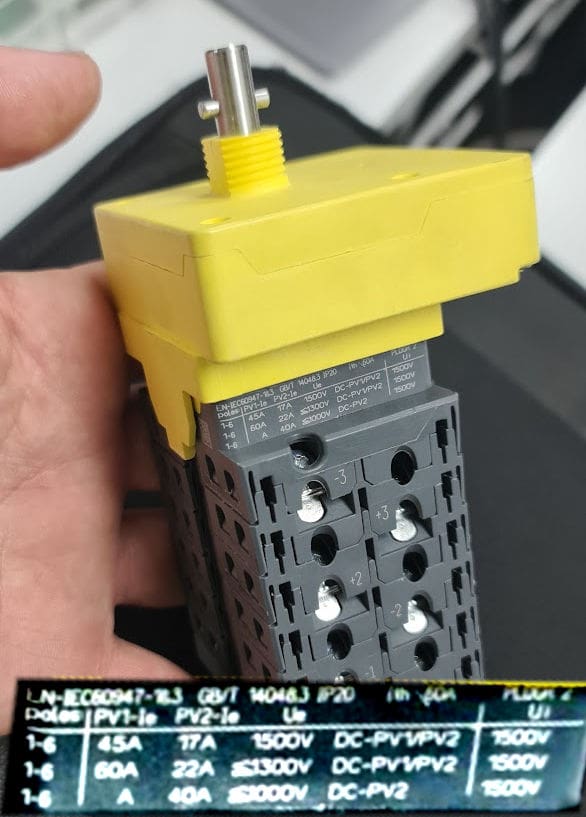
The DC isolator mechanism simply will not accept more than one cable per terminal. The connections are angled and need to be filled from one end to the other. Tesla supplies a screwdriver bit for this purpose.
Tesla has really put some thought into manual handling, which is essential because this thing is 130kg!
- Opening the clamshell, you attach some handles that come with the special Tesla wheeled dolly.
- Using the dolly, you stand the unit up and wheel it to the wall bracket you already installed.
- Using your cordless drill, lift the unit onto the wall.
- I haven’t used this package myself but it really does look well executed.
- For $3000, it needs to be a very good dolly.
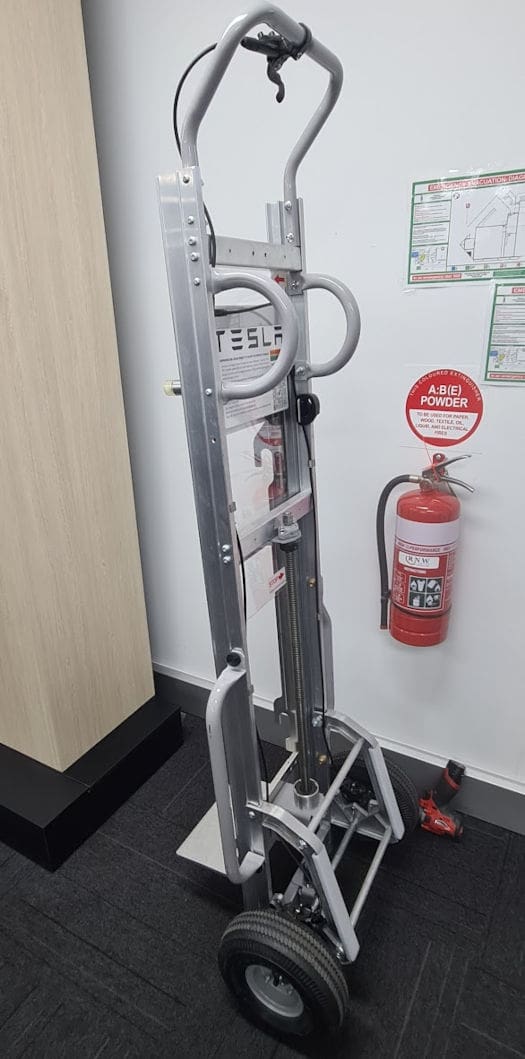
My 5-year-old said she didn’t think this was a good dolly and wasn’t about to cuddle it.
CAN communications to Gateway.
- Powerwall 3 uses the same Backup Gateway 2 used by PW2
- The brain of the operation is now the TACO inside PW3
- (Tesla Asset COntroller)
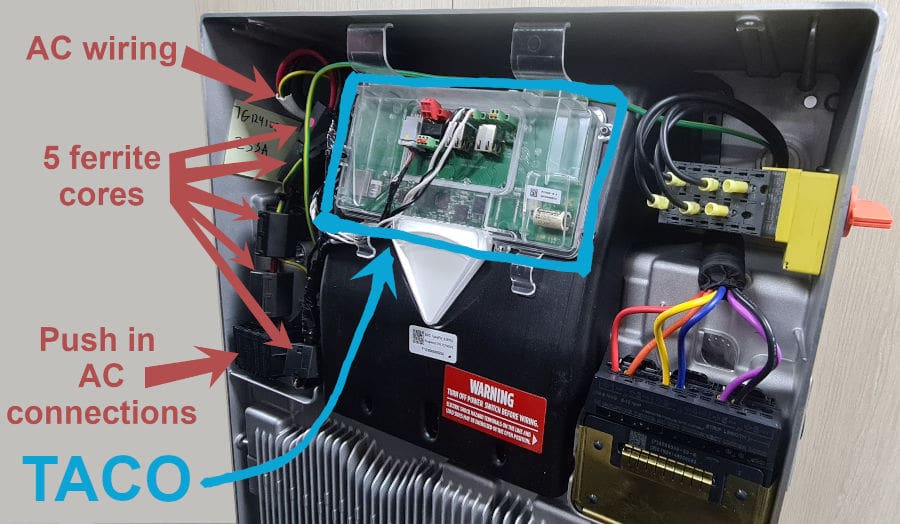
TACO accepts extra low voltage signals, CT coil wiring and gateway comms & internet
Knockouts are not to be drilled out.
- Holesaws create metal filings and must not be used
- There are several cable access holes on the side and rear of PW3
- AC connections are on the left, DC on the right
- Space inside the unit will accommodate conduit for segregation, but pressure against the inside of the glass must be avoided.
- Solar array earth could pass through the unit to the AC connections; however
- Disconnecting the array earth to replace the inverter isn’t considered acceptable, so the 4mm² array earthing cable really needs to be routed back to the main switchboard separately.
There are no less than 5 ferrite cores supplied inside the unit
- AC wiring needs to be threaded through these cores to filter electrical noise.
- (because Australians don’t use metal conduit, knife switches or other 1920s technology)
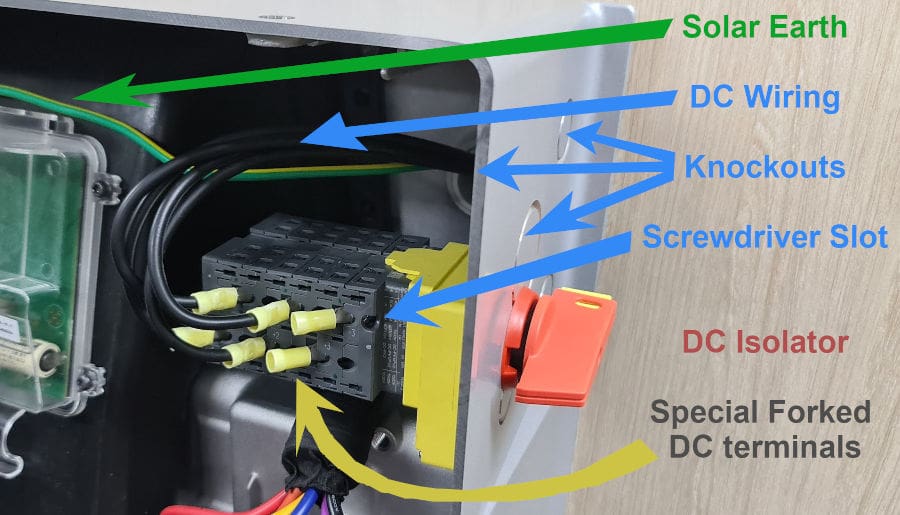
This PW3 is an engineering prototype so the knockouts shown here are US specification, not indicative of Australian units.
Powerwall 3 supports 5G WiFi
- Greater compatibility with domestic internet connections
- There’s an onboard cellular modem for fallback communications.
- AC supply will enable settings, so panel installation need not be finished before commissioning & troubleshooting can begin.
Powerwall 3 will support flexible exports.
- You can have multiple units on one site, they’ll all be compatible with dynamic DNSP control.
- PW3 doesn’t talk to PW2
AC-coupled solar will need a Current Transformer (CT) coil.
- If you have legacy solar on-site, there must be a measuring coil hardwired into the PW3
The Only Disappointment
PW3 does not support the Neurio wireless devices used for PW2.
This means if you have legacy solar on a separate switchboard or a different building, it can’t be easily measured. They say wireless metering for the PW3 is coming next year, but until then, the lack of Neurio could be a real stumbling block on some installations.
Roll On The Installations
CEC approval is the only impediment now, so while it would be risky to hold your breath, I’m sure we’ll see Powerwall 3 out in the wild sometime soon.
I’m keen to see how these units come together, and I’m sure, given the exceptional levels of consumer interest we have been seeing, so is the solar-buying public.
Footnotes
- I have it straight from the horse’s mouth, Tesla engineering confirms the throttled-down 5kW PW3 can still have 20kW of solar PV attached ↩
Original Source: https://www.solarquotes.com.au/blog/powerwall-3-tesla-training/

